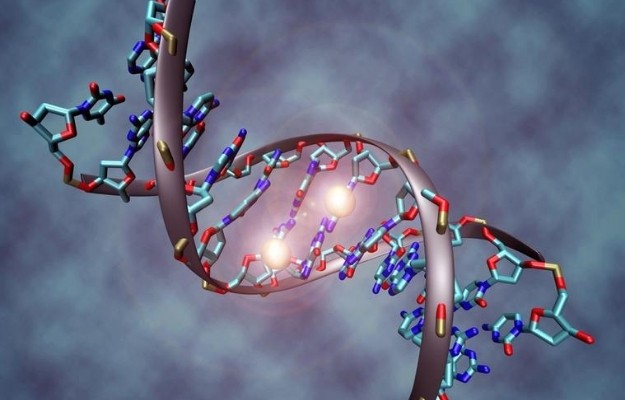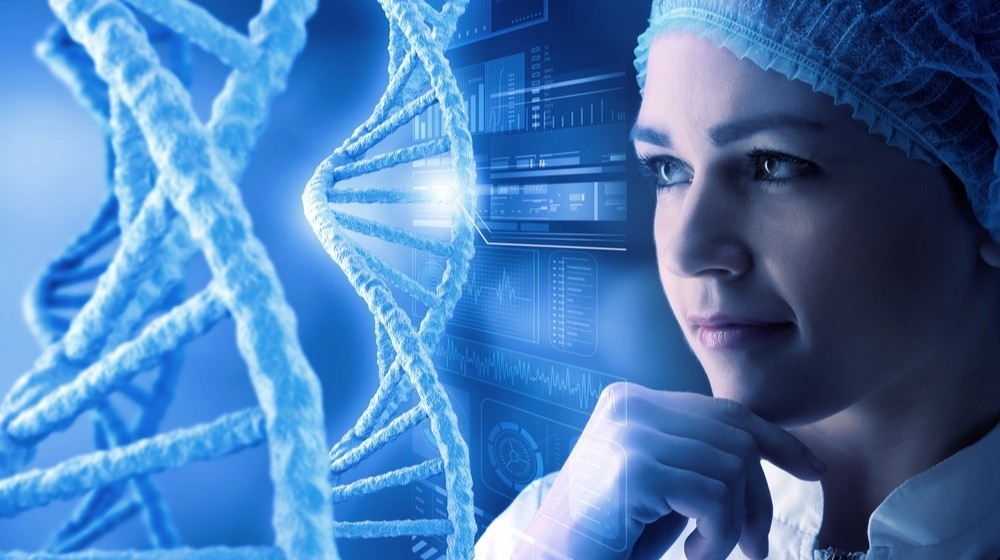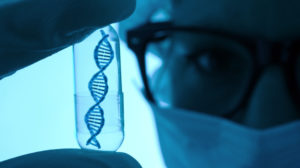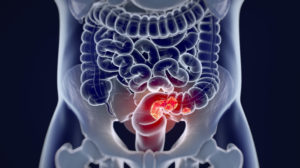There are different scientific milestones that shape our understanding of epigenetics. Read on to learn more about the history of epigenetics.
RELATED: 7 Reasons To Get Epigenetic Testing
In this Article:
- Evolving Definition of Epigenetics
- Early Influences from Genetics and Development
- DNA in Somatic Cells
- DNA Methylation
- Clues from Histones and Chromatin
- Interrelated Mechanisms
A Rundown of the History of Epigenetics
Evolving Definition of Epigenetics
The definition of epigenetics evolves as we learn more about gene expression and its impact on development. Today, we understand the following principles around epigenetics:
- Somatic cells have the same complement of DNA.
- Different cell types have different gene expression patterns.
- Gene expression patterns can be inherited.
These principles help shape the definition of epigenetics.
What is epigenetics? It is a field that examines heritable changes in gene function that are not due to DNA sequence changes. Apart from maintenance mechanisms, these changes should also involve other transient mechanisms.
But the definition of epigenetics didn’t always look like this. This review takes you through the major findings in the last few decades that shape this current working definition.
Early Influences from Genetics and Development
You can trace the beginnings of Epigenetics from the study of evolution and development. Before the 1950s, it was a broad and encompassing term.
It referred to all the events and processes involved in developing a fertilized zygote into a mature organism. The field of genetics contributed to our present understanding of epigenetics.
Here are a few notable findings:
- Drosophila mutations – Muller described a type of cell mutation with a high rate of phenotypic change. He initially thought that genetic diversity led to these mutations. After doing genetic analysis studies, he found out that the mutations were due to chromosomal rearrangement. He also could not explain the mutations by gene elements.
- Chromosomal rearrangements – Over the next 10-20 years after Muller published his work, there was interest in the effects of chromosomal rearrangement. With these initial findings, scientists acknowledged that genes don’t act independently and that their location can impact function.
- Cell-specific programming – There’s a difference in the phenotypes between differentiating cells. These differences can be inherited during cell division. There may be a variety of independent biochemical reactions that define cellular identity.
- Self-stabilizing regulatory networks – In some bacteriophage and animal cells, self-stabilizing regulatory networks facilitate development. Biochemistry and chromatin structure plays a role in these systems.
- Cortical pattern alterations – Researchers used microsurgery to alter cortical patterns. These altered patterns were passed on to the next generation.
These initial findings from the field of genetics help scientists better understand the role of epigenetics in normal development.
RELATED: Epigenetic Clock: Can Our Body’s Biological Age Be Reversed?
DNA in Somatic Cells

Apart from gametes, gametocytes, and germ cells, somatic cells are cells that form a multicellular organism’s body parts (ex: organs, bones, blood, tissue, etc.). By the 1970s, scientists weren’t sure about the Epigenetic Clock: Can Our Body’s Biological Age Be Reversed?.
They weren’t sure if it contained all of the DNA and chromosomes or if it just had the DNA it needed to function. They later discovered that somatic cells had all of the chromosomes and essentially have the same DNA.
Even if they have the same DNA, somatic cells have specialized expressions throughout an organism’s body. So scientists believe that these specialized expressions are possible because of signals rather than mutations or deletions in the germline.
The results of experiments also show that these signals remain stable over several cell division cycles. Apart from these signaling differences, there are also epigenetic events that involve transposable elements.
Transposable elements lead to DNA rearrangements. These rearrangements can cause a change in somatic cell expression.
DNA Methylation
While it was clear that DNA rearrangement could lead to cellular changes, other epigenetic mechanisms were also considered. To further explore this, researchers ran experiments where they deactivated the X-chromosome in mice.
After they silenced the X chromosome, they found that there was no change in the DNA arrangement. This was when researchers began considering DNA methylation as an epigenetic mechanism.
What is DNA methylation? This refers to a process where methyl groups are added to DNA. This addition can lead to a change in DNA expression.
During replication, parent strands can pass on DNA methylation marks to daughter strands. In many cases, DNA methylation modification leads to the epigenetic transmission of a certain gene activity status.
Clues from Histones and Chromatin
Two researchers in the 1950s, Stedman and Stedman, believed that histones could repress gene expression. Histones and chromatin go hand-in-hand.
Chromatin is a component within chromosomes that contain DNA and proteins. One of the major proteins in chromatin are histones.
Researchers believed that stripping a gene of its histones could activate a gene. In the 1960s, researchers explored the relationship between histone modifications and gene expression.
In the early 1990s, scientists found that changes in the nucleosome and histones help prepare the chromatin template for transcription. Certain proteins with DNA binding factors directly or indirectly impact gene expression.
Binding events that are sequence-specific may help establish regulation states. Subsequent epigenetic mechanisms maintain these states. Phenotype alterations may occur when there are disruptions of these epigenetic mechanisms.
Apart from histones, more recent studies also show that noncoding RNAs can act as binding factors. After establishing these binding factors, researchers found that modified histones can impact chromatin’s structure and function.
There’s also another line of research that veers away from modified histones. Instead, researchers consider the role of histone variants as propagation mechanisms.
Scientists are still learning about the effects of modified histones in epigenetic processes. Rather than viewing it as an epigenetic mechanism, other researchers believe that it plays a more biochemical role in DNA repair.
Interrelated Mechanisms
These different findings build on one another, and most scientists believe that the mechanisms are interrelated. Epigenetic changes aren’t seen only in animals, but they can be observed in plant permutations as well.
Chromatin structures can be transmissible through proteins rather than DNA sequences. The DNA sequence can stay the same, but its ability to express itself in a certain way can be altered by DNA methylation, histone modification, or histone variants.
In some cases, all three factors may play a role in altering gene expression. All of these findings suggest that epigenetic mechanisms shape a substantial portion of a complex organism’s phenotype.
The research and experiments continue with the hopes of finding more pieces of the epigenetic puzzle. These days, researchers are focusing on defining information transmission mechanisms.
In the meantime, you can take advantage of what scientists already know about epigenetics. If you’re interested in learning more about its health applications, visit TruDiagnostic today.
What excites you most about the field of epigenetics? Share your thoughts with us in the comments section below.
Source:
Up Next:





